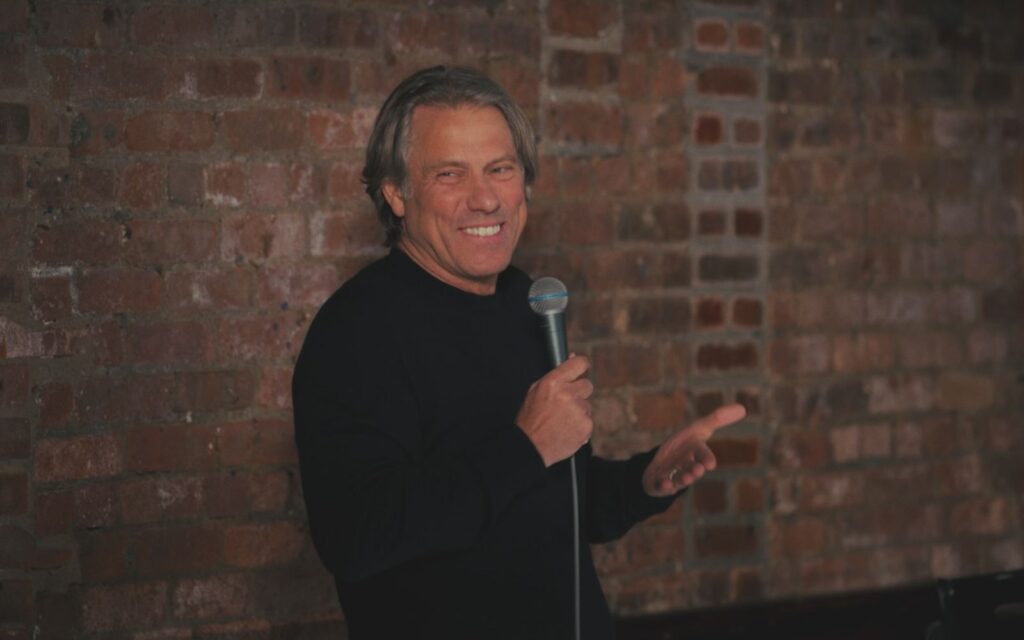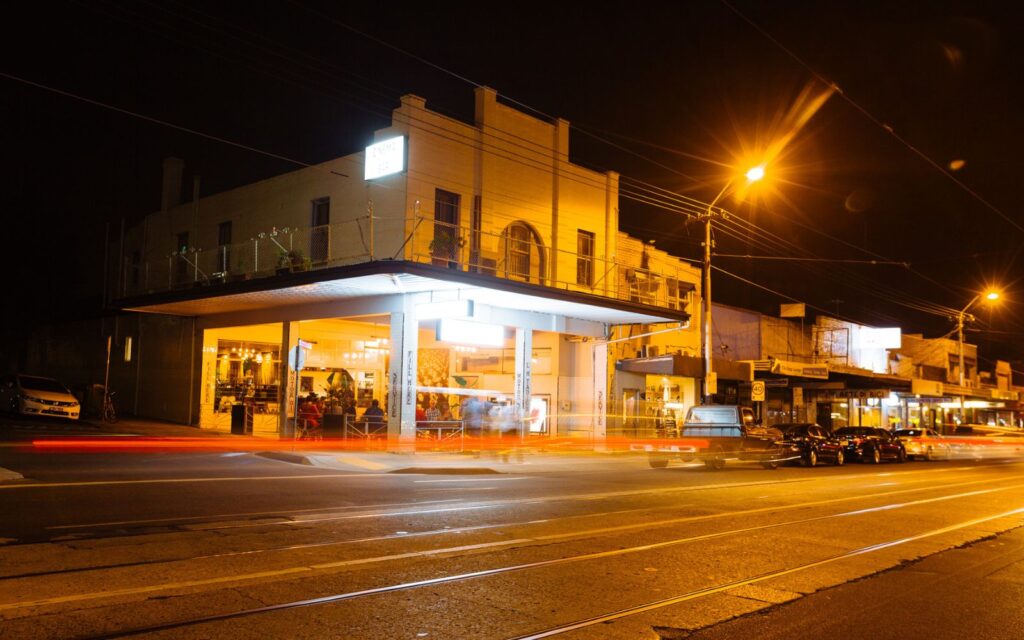The human skull is an image we are all familiar with, from Hamlet to Emojis it’s a widely used and recognised symbol with an array of connotations. This is a phenomenon that Julie McLaren, curator at the Art Gallery of Ballarat, noticed within the art world which inspired her to form Romancing The Skull, an exhibition surrounding the depiction of skulls in art.
Romancing The Skull looks at a range of artworks which feature the skull and explores how the seemingly simple symbol holds different cultural significance and meaning across a variety of contexts.
“Romancing The Skull came about when we noticed, probably about a decade ago, that there were a huge number of artists incorporating skulls into their work and it’s a tradition that goes back centuries, but every now and then it sort of resurges in popularity,” says McLaren. “The show came about as a way of exploring why it is that artists are so fascinated with the skull and why people in general are, as well.”
McLaren says selecting artworks was a trying task as there was no shortage of pieces to choose from. In the end, she chose to focus the exhibition largely around contemporary artworks and is excited to showcase the diverse range of artists featured in Romancing The Skull.
“There are some major Australian artists who became really well-known for incorporating skulls into their work, artists like Ben Quilty. We’re including two artworks by Ben in the show because he became really well-known for creating these hyper-masculine skull paintings with really thick layers of paint. Ex de Medici, she’s a tattoo artist who creates beautiful, delicate watercolours and she became really well known for putting skulls through her work.
“A couple of other artists that we’ve been working with are Fiona Hall; she has been including skulls in her work to address social and political issues for a number of years, so we’ve commissioned a major piece by her, and Reko Rennie, an Indigenous artist who has often included the skull in his work to talk about displacement and colonisation in Australia but he does it in a really graphic, street art sort of style.”
The artworks featured in the exhibition range from a piece dating back to the late 1400s to an artwork incorporating virtual reality technology. While it’s hard to pinpoint exactly why the skull has remained such a prominent symbol in art over the years, McLaren has a few theories.
“The most common use of the skull in art is as a memento mori which translates to ‘remember you will die’ or ‘remember death’. Artists use the skull continually in their work as a reminder that we don’t actually spend that much time on this planet,” she says. “It’s not meant to be a morbid or depressing tradition. It’s quite the opposite; it’s all about living your best life. So the skull can be a really positive icon in that way.
“The other thing that artists have done is use the skull as an equalising icon, so no matter what your sex, your age, your wealth or power, everyone has a skull. Jose Guadalupe Posada, who’s a Mexican artist we’re representing in the show, created these wonderful images of skeletons around the early 20th Century. He would depict politicians and everyone from a street sweeper right up to the president of Mexico and the idea behind that was to depict everyone as equal. We all have a skeleton and a skull underneath, once you strip off the flesh, we’re all equal.”
The exhibition also looks at how the significance of the skull varies between different cultures and the ways it is incorporated into their traditions, specifically Mexican culture and their Day of the Dead celebration. McLaren hopes to help educate the Australian audience on the cultural significance of the Day of the Dead, through both the artworks displayed in the exhibition as well as by hosting a Day of the Dead Festival in partnership with MexVic.
The festival will take place in Alfred Deakin place behind the gallery and will involve traditional celebrations such as artists creating alters dedicated to the deceased and face painting as well as Mexican food, Mariachi bands, dance performances and traditional Mexican crafts.







